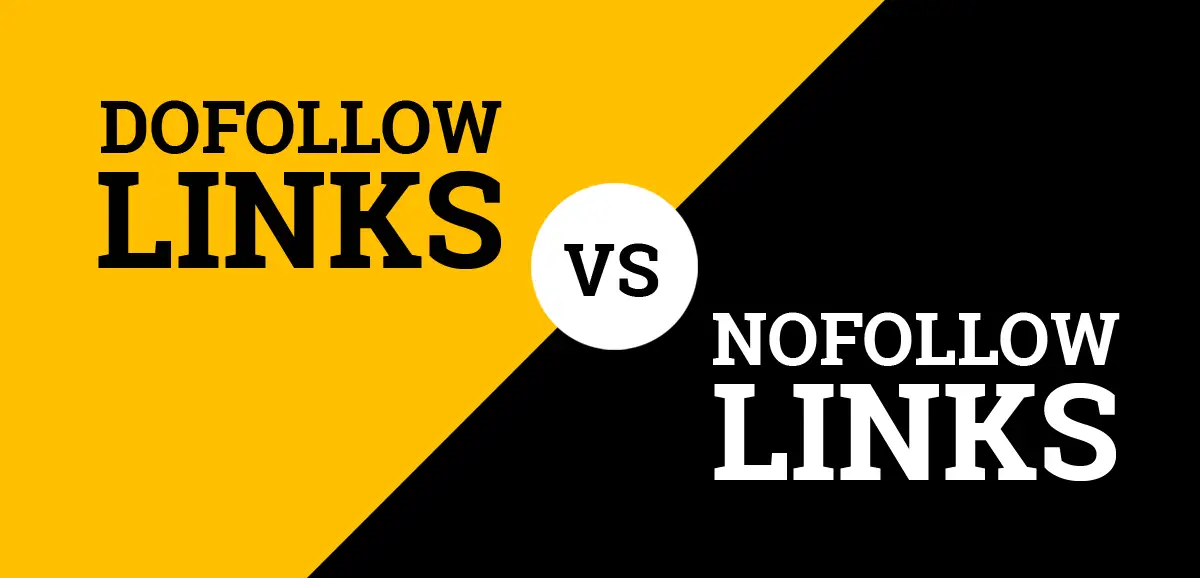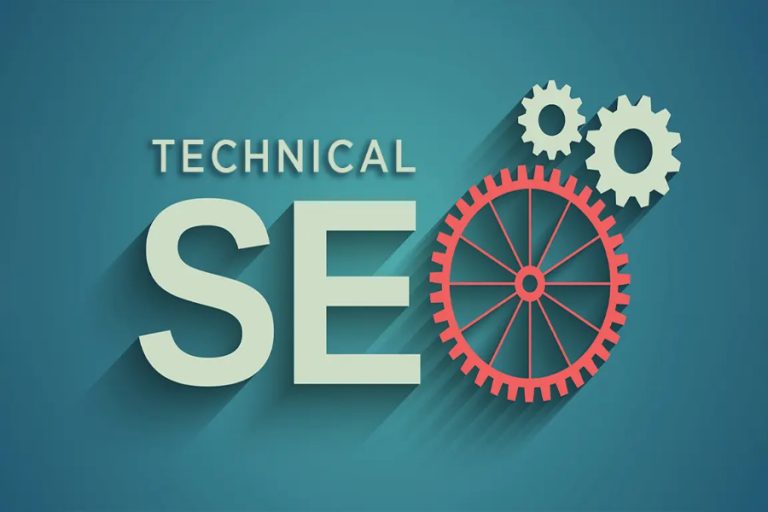Dofollow Backlinks vs. Nofollow Backlinks
In the realm of SEO, understanding the distinction between Dofollow and Nofollow backlinks is crucial for optimizing your website’s search engine ranking. Dofollow backlinks pass authority and SEO juice from one website to another, enhancing search engine visibility. Conversely, Nofollow backlinks don’t pass on SEO benefits and are often used for paid links or to prevent spam. By grasping the nuances of these two types of backlinks, you can effectively strategize your link-building efforts and boost your website’s organic traffic. Let’s delve deeper into the significance of Dofollow and Nofollow backlinks in optimizing your online presence.
Table of Contents
What is a Dofollow Backlink?
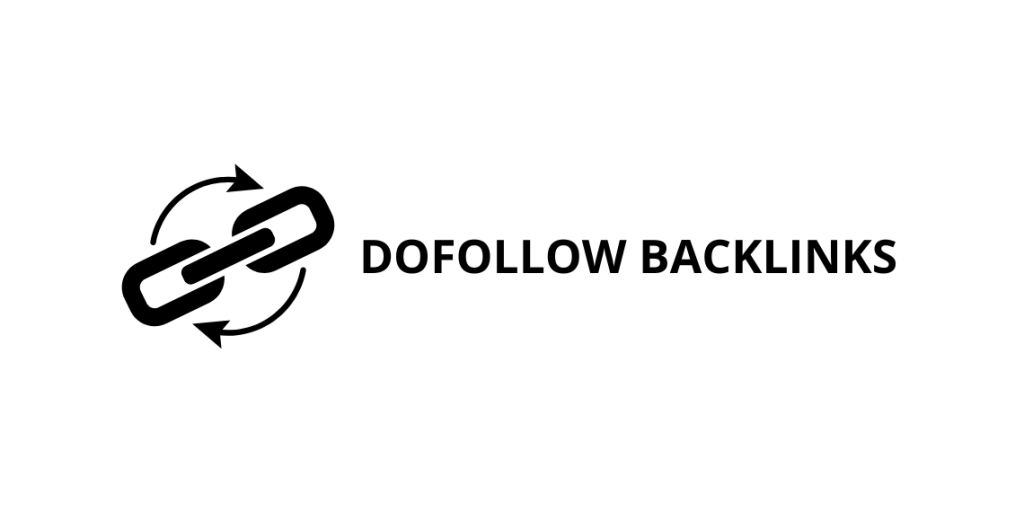
A Dofollow backlink is a hyperlink that allows search engine crawlers to follow and index the linked website, passing on authority and SEO value. These backlinks contribute to improving the search engine ranking of the linked site by signaling its credibility and relevance. Webmasters use the Dofollow attribute to endorse quality content and establish connections between websites. When a reputable site provides a Dofollow backlink to another, it signifies a vote of confidence, enhancing the recipient’s visibility in search engine results pages (SERPs). Dofollow backlinks are integral to off-page SEO strategies for increasing organic traffic and domain authority.
What is a Nofollow Backlink?
A Nofollow backlink is a hyperlink that contains a special HTML tag, instructing search engine crawlers not to follow the link or pass authority to the linked website. Unlike Dofollow links, Nofollow backlinks do not contribute to improving the linked site’s search engine ranking or domain authority. Websites use Nofollow attributes to indicate that they do not endorse or vouch for the linked content, often in cases of user-generated content, sponsored posts, or paid advertisements. While Nofollow links may not directly impact SEO, they still play a role in referral traffic and brand exposure, providing value beyond search engine optimization efforts.
When Should a Nofollow Backlink Be Used?
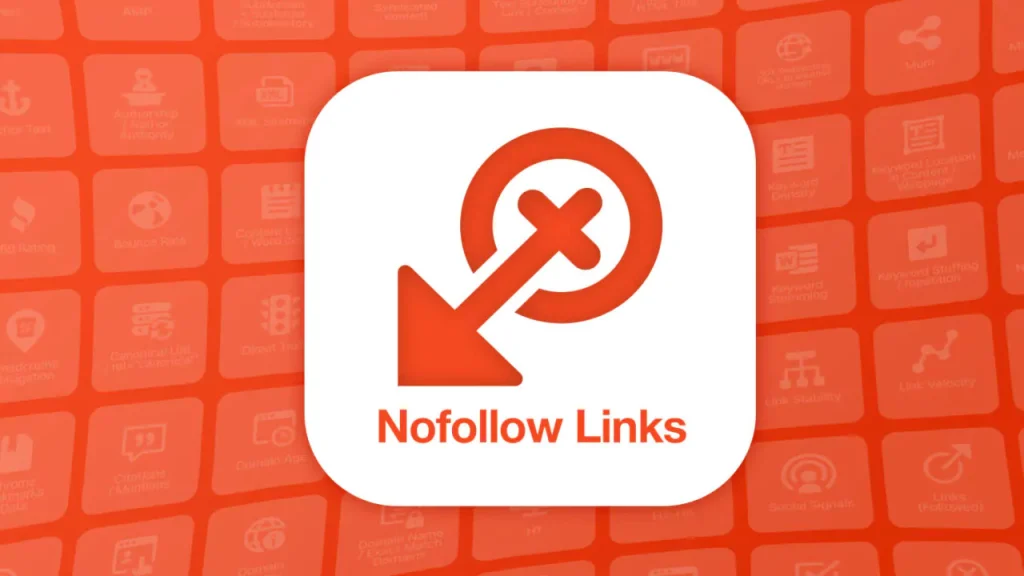
A Nofollow backlink should be used in scenarios where you want to link to a website but don’t want to pass on SEO authority to it. This includes user-generated content, sponsored posts, paid advertisements, or links to untrusted or unverified sources. By adding the Nofollow attribute to these links, you signal to search engines that they shouldn’t influence the linked website’s search engine rankings. It’s important to use Nofollow links in accordance with search engine guidelines to maintain transparency and avoid potential penalties for manipulating search engine rankings.
Are Nofollow Links Bad?
Nofollow links are not inherently bad, as they serve various purposes like directing traffic and providing value to users. While they don’t directly impact SEO rankings, they can still contribute to a website’s overall link profile diversification and credibility. However, relying solely on Nofollow links for SEO purposes may limit the site’s ability to improve search engine rankings. It’s essential to incorporate a balanced mix of Nofollow and Dofollow links in your link-building strategy to ensure a comprehensive and natural backlink profile. Additionally, Nofollow links can still drive referral traffic, increase brand visibility, and enhance the user experience, making them valuable in certain contexts.
How to Tell if a Link is Dofollow?
Determining if a link is Dofollow requires inspecting the HTML code of the webpage. Right-click on the link, select “Inspect” (or similar option depending on the browser), and look for the “rel” attribute in the link’s HTML code. If the “rel” attribute is absent or set to “Dofollow,” the link is indeed Dofollow. Conversely, if the “rel” attribute is explicitly set to “Nofollow,” the link is Nofollow. Additionally, various browser extensions and online tools are available to analyze links automatically and distinguish between Dofollow and Nofollow attributes for easier identification.
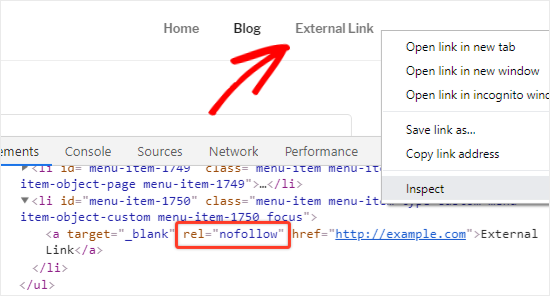
Dofollow Backlinks vs. Nofollow Backlinks
| Dofollow Backlinks | Nofollow Backlinks | |
|---|---|---|
| Allow search engines to follow and pass link authority. | Instruct search engines not to pass link authority. | |
| Rel attribute set to “Dofollow.” | Rel attribute set to “Nofollow.” | |
| Contributes to SEO rankings and domain authority. | Does not directly impact SEO rankings or authority. | |
| Preferred for building organic link profiles. | Often used for sponsored content or user-generated links. | |
| Editorial links, guest posts, natural citations. | Advertisements, sponsored c |
Conclusion
In conclusion, understanding the distinction between dofollow and nofollow backlinks is crucial for effective SEO strategies. While dofollow links pass link authority and contribute to SEO rankings, nofollow links are used for various purposes like sponsored content or user-generated links. Knowing when to use each type of link and how to identify them can significantly impact your link building efforts. By incorporating a balanced mix of both types of backlinks and adhering to best practices, you can enhance your website’s authority and visibility in search engine results. Stay informed, strategic, and adaptable in your approach to backlinking for optimal SEO performance.
Read More What is Website Authority? The Role of Domain Authority in SEO
FAQ’S
Can nofollow backlinks drive traffic?
While nofollow links don’t directly impact SEO, they can still generate traffic if placed on high-traffic websites or relevant platforms.
How can I earn dofollow backlinks?
You can earn by creating high-quality content, engaging with influencers, guest posting on reputable websites, and fostering relationships with other webmasters.
